By Patrick J. Chaisson
The GIs defending Pillbox No. 9 watched in despair as a weak January sun set behind them. All day long they had beaten back repeated enemy infantry, tank, and flamethrower attacks, but with the coming of night their concrete fortification seemed more and more like a deathtrap.
Captain William Corson, the company commander, led Pillbox No. 9’s garrison of 100 untried American riflemen. Their ammunition was almost gone, though, and communications with higher headquarters had been cut for hours. Worse, inside Corson’s bunker were collected a dozen wounded men who urgently required medical care.
He had orders to hold at all costs, but Captain Corson knew the growing darkness would bring with it a renewed enemy assault that his exhausted troops simply did not have the means to resist. In a desperate attempt to contact HQ, the young officer moved to a sheltered observation platform where his low-powered “handie-talkie” radio might connect with the battalion command post.
Just then a German artillery shell exploded overhead, severely wounding Corson and killing a nearby private. Command of Pillbox No. 9 passed to T/Sgt. Al Cahoon, the senior NCO present. Cahoon remembered considering his options: “I thought we might try to withdraw, but we would have been cut down if we tried. So we held tight in the pillbox.”
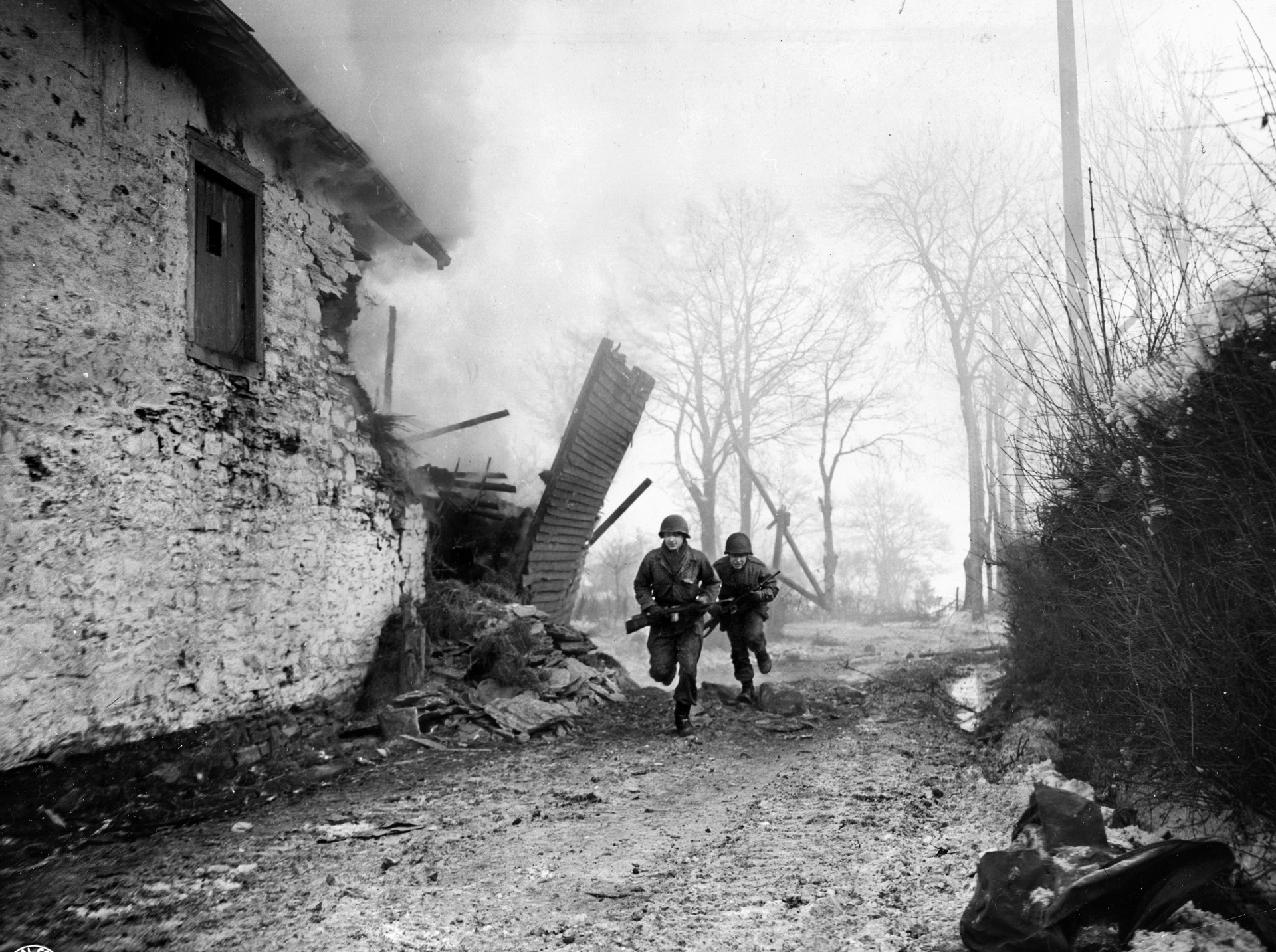
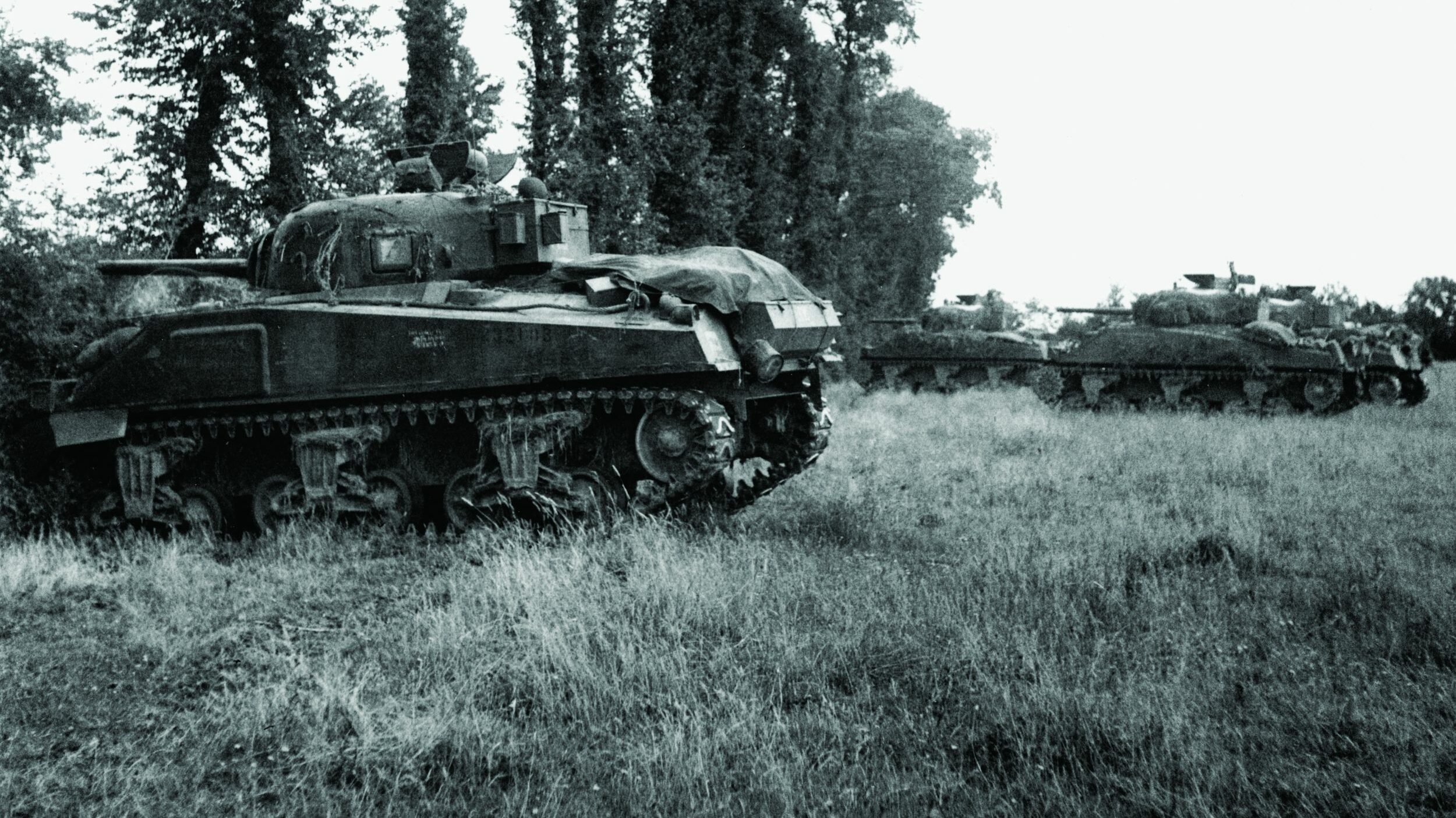
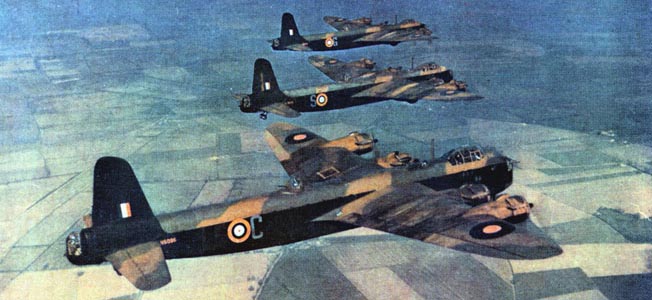
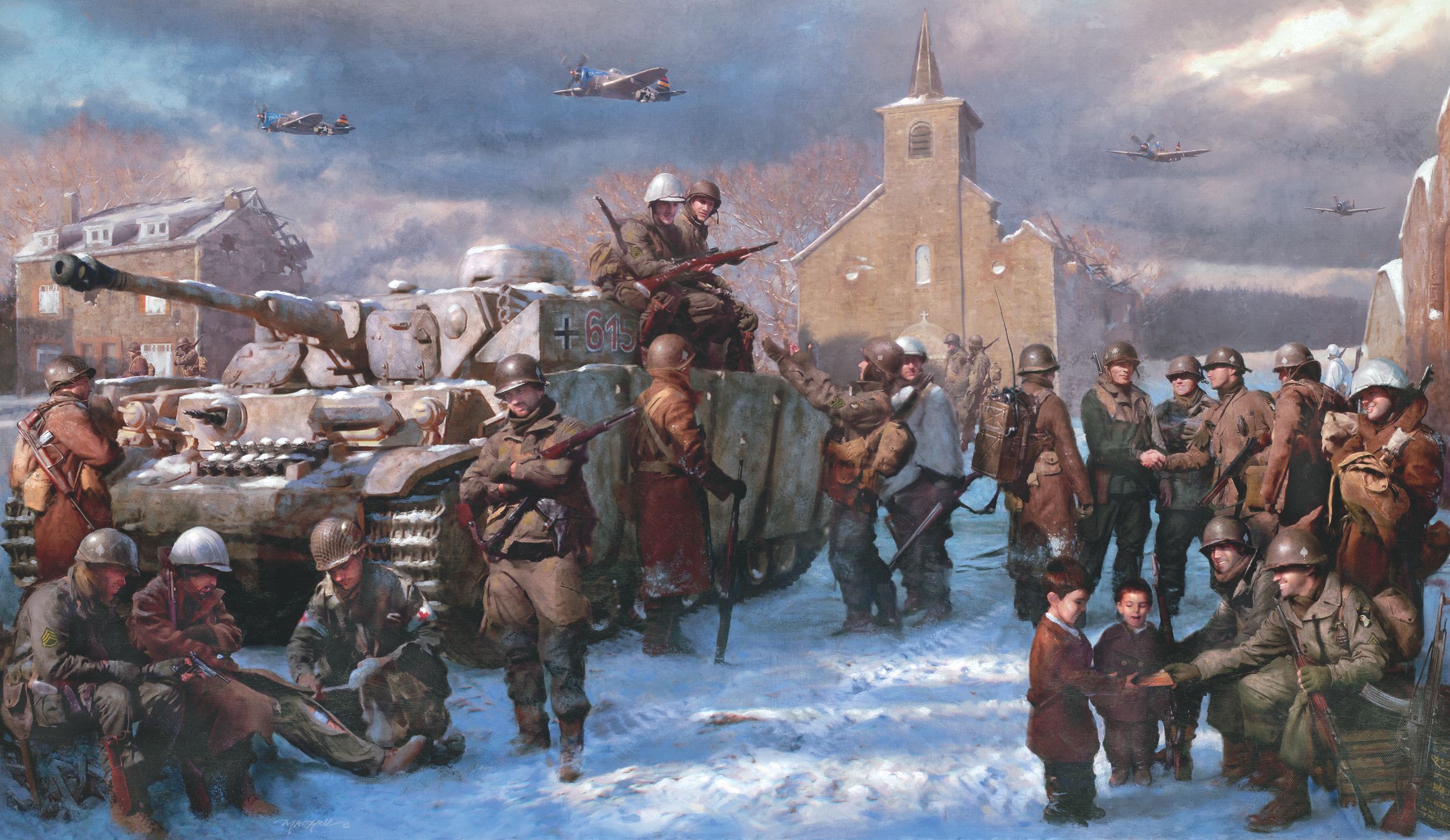
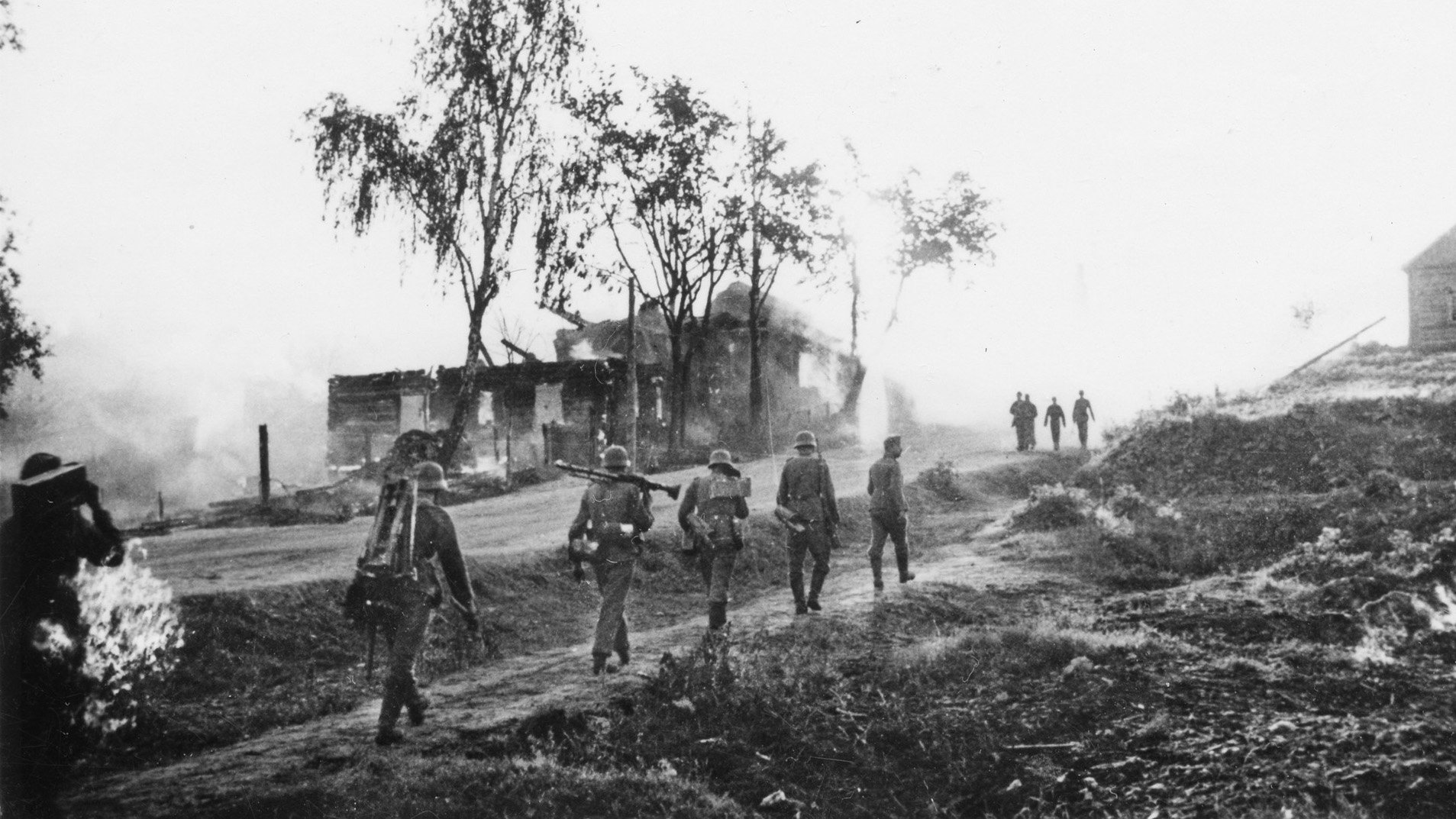
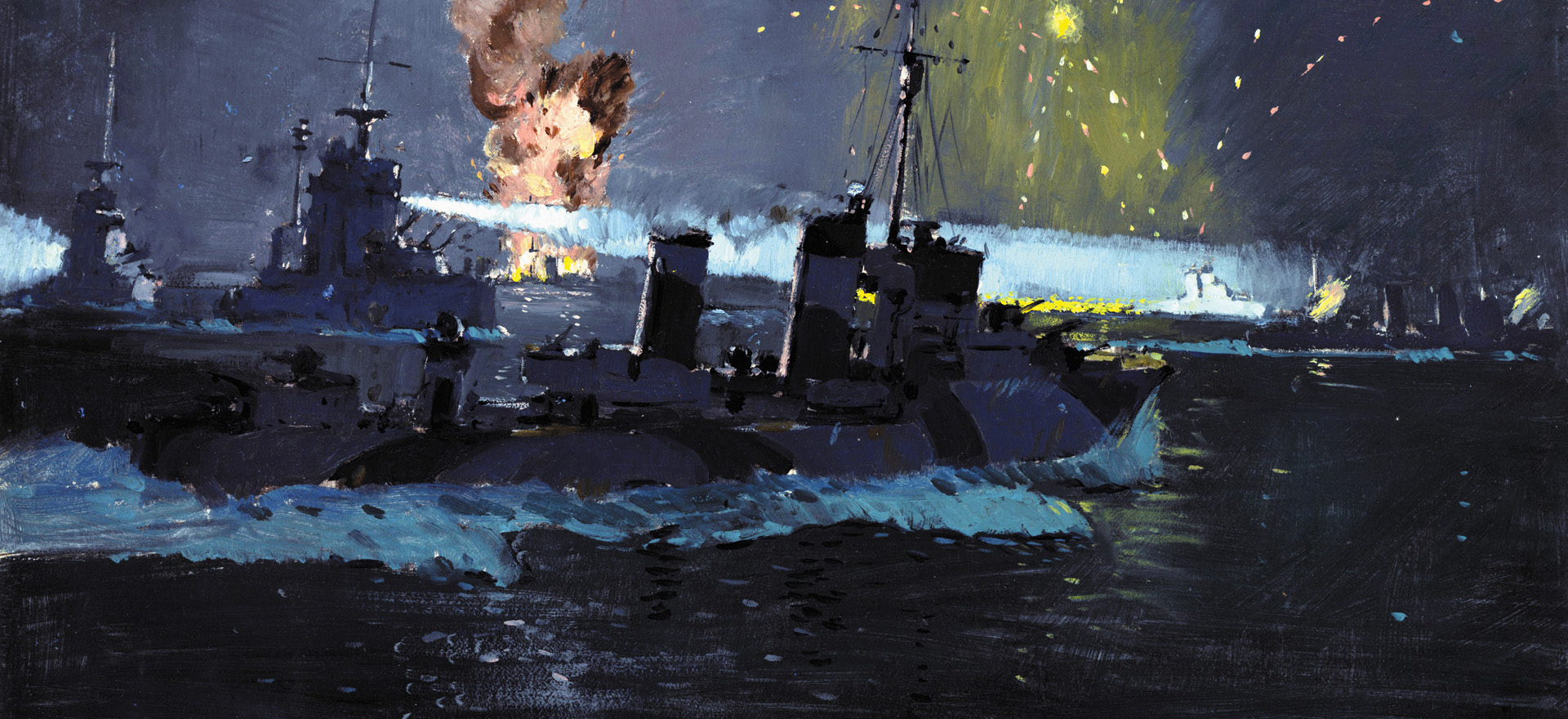
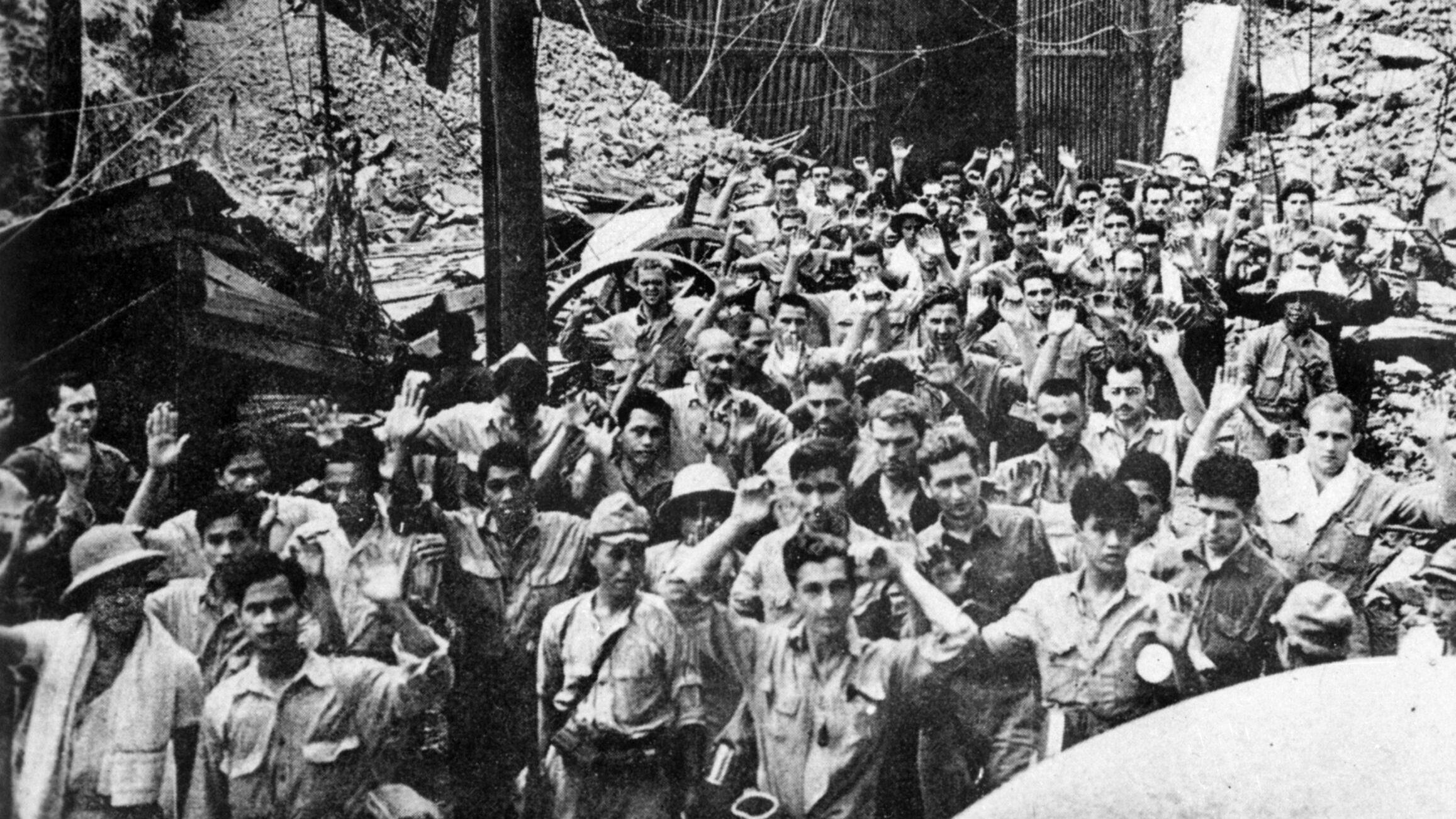
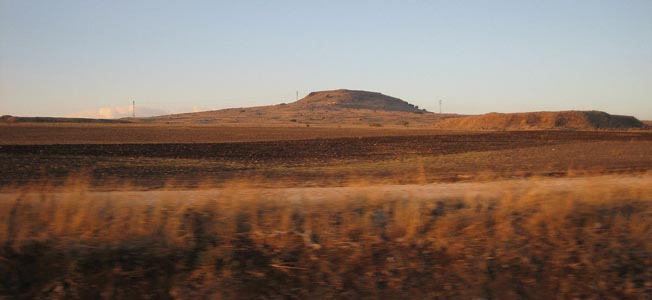
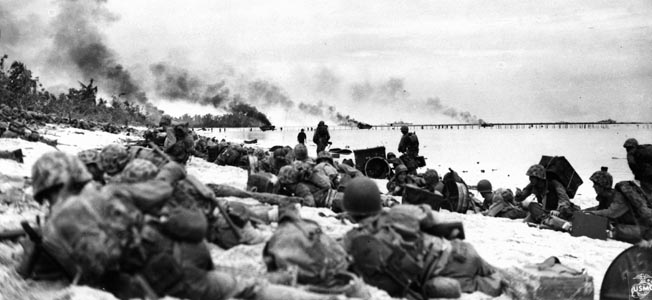
Amazing story of courage and determination! Thank you for writing this.